How to Make a Treadmill Quieter? {5 Proven Ways}
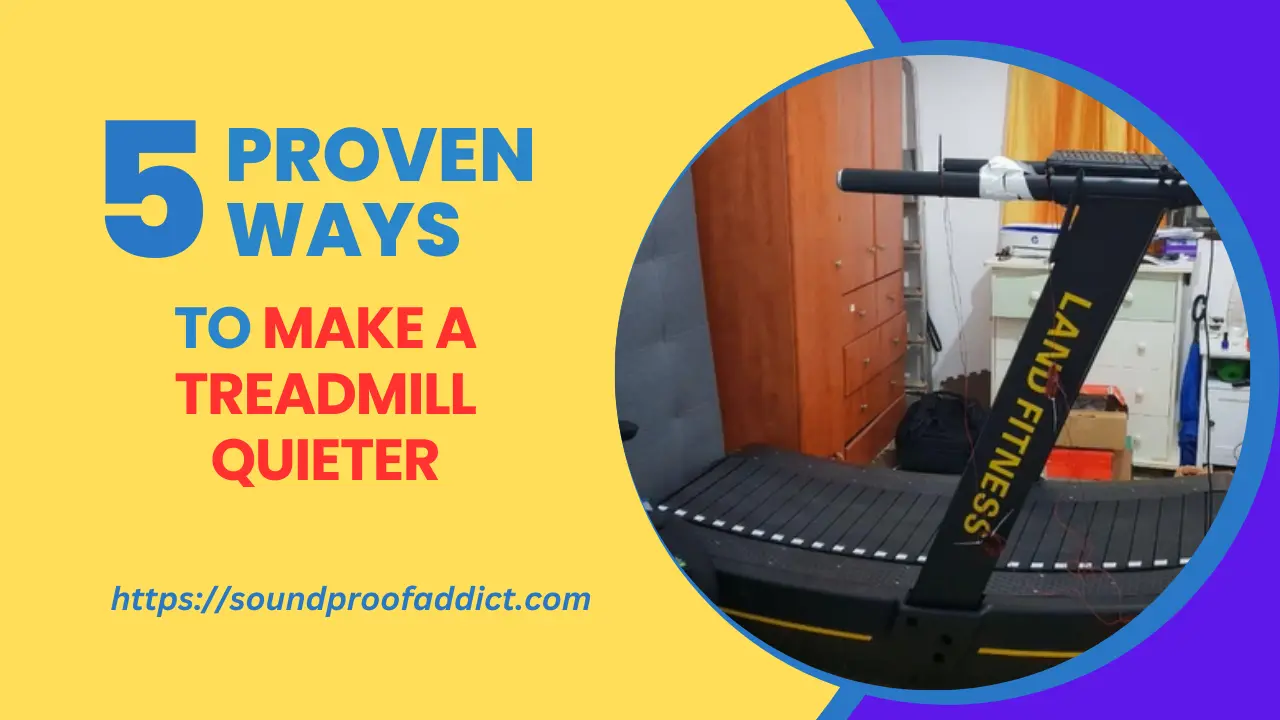
In the present era, treadmills have become more essential for various reasons. They offer a convenient solution for indoor workouts, particularly when outdoor conditions are unfavorable.
But as you know treadmills have a lot of moving parts and because of that, they tend to develop noise over time. So are you dealing with a noisy treadmill?
If so then you are going to find its solution in this article because, in this post, I’ll share five proven methods to make a treadmill quieter.
Let’s dive into it:
5 Ways to make a treadmill quieter
1: Check and tighten loose bolts and deck anchor bolts
If your treadmill is squeaking or similar noise then the first thing you should do is to check for loose bolts and tighten them. It is a very common issue so you get through it without taking any other step.
To identify and tighten loose bolts on a treadmill, you’ll want to inspect various components. Here’s a guide on where to look:
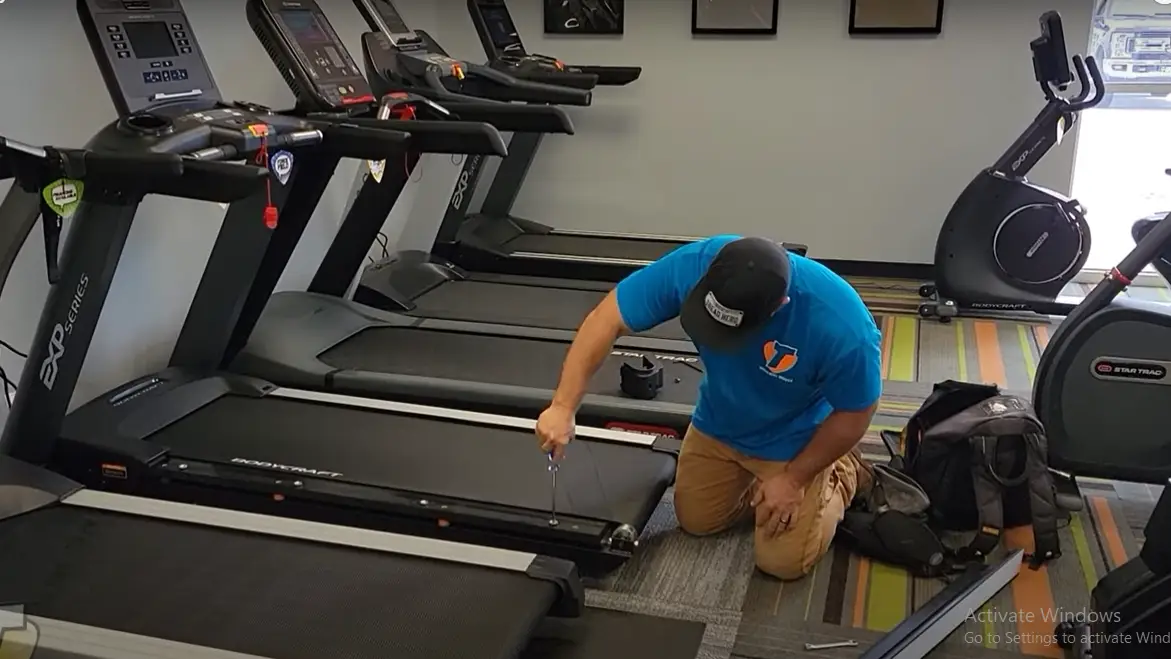
- Deck Anchor Bolts:
- Location: Typically found at the four corners underneath the treadmill.
- How to Check: Gently shake the treadmill from side to side. If you notice any wobbling or movement, it may indicate loose deck anchor bolts.
- Frame Bolts:
- Location: Along the frame of the treadmill.
- How to Check: Examine the entire frame for visible bolts or screws. Ensure they are securely tightened.
- Console Mounting Bolts:
- Location: On the front panel where the console is attached.
- How to Check: Inspect the console area for any visible bolts or screws. Tighten if necessary.
- Handrail Bolts:
- Location: Along the handrails, if applicable.
- How to Check: Gently shake or apply slight pressure to the handrails. If there’s any movement, check and tighten the bolts.
- Motor Mounting Bolts:
- Location: Near the motor at the base of the treadmill.
- How to Check: If you can access the motor, inspect for bolts securing it to the frame. Tighten as needed.
- Belt Tension Bolts:
- Location: Near the rear roller or at the back of the treadmill.
- How to Check: Consult your user manual to locate the belt tension bolts. Ensure they are properly tensioned and tightened.
- Visible Screws and Nuts:
- Location: Check the entire treadmill for any visible screws or nuts.
- How to Check: Inspect the treadmill’s components, including the side rails, covers, and accessory trays, for any loose screws or nuts.
2: Lubricate the belt and pivots
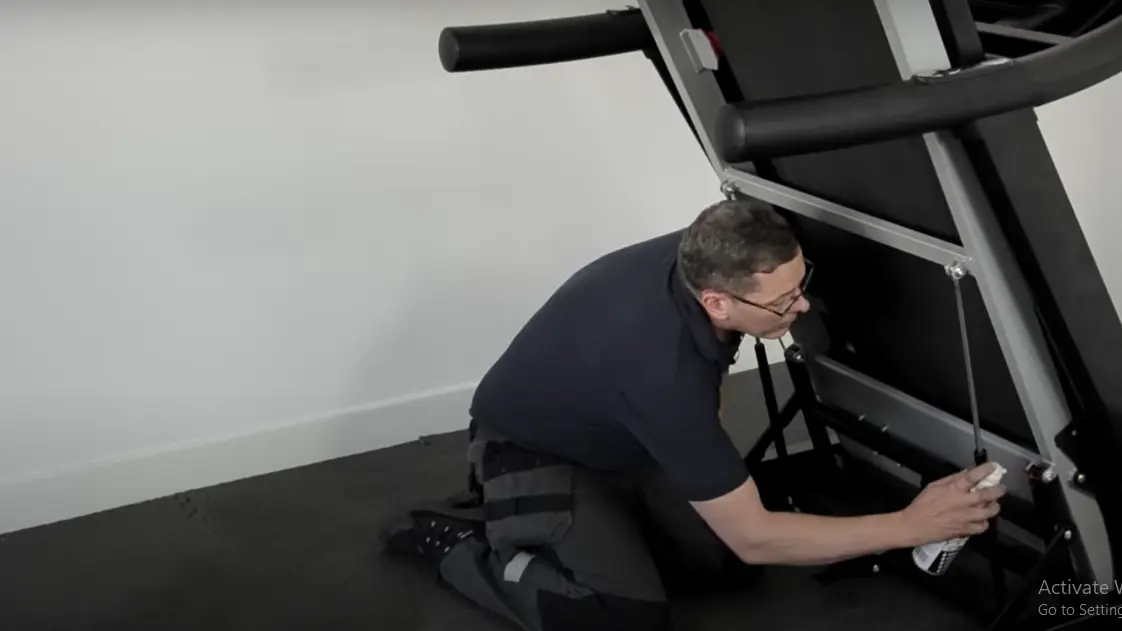
Lubricating the treadmill belt and pivots is just as important as tightening the loose bolts for not just reducing its noise but for improving its overall performance.
So to lubricate your treadmill, first get a lubricant suitable for your treadmill and start popping it to the pivots, even on the bolts a little bit.
To lubricate the treadmill belt:
- Gently lift the treadmill belt using one hand.
- With the lubricant in hand, apply a small amount just beyond the halfway point of the belt.
- Repeat the lubrication process for the other side of the treadmill belt.
- To help distribute the lubricant, walk on the treadmill for two to three minutes at a slow speed.
By regularly lubricating the belt and pivots, you reduce friction, prevent wear and tear, and contribute to a quieter and more efficient treadmill experience.
3: Put an anti-vibration mat underneath the treadmill
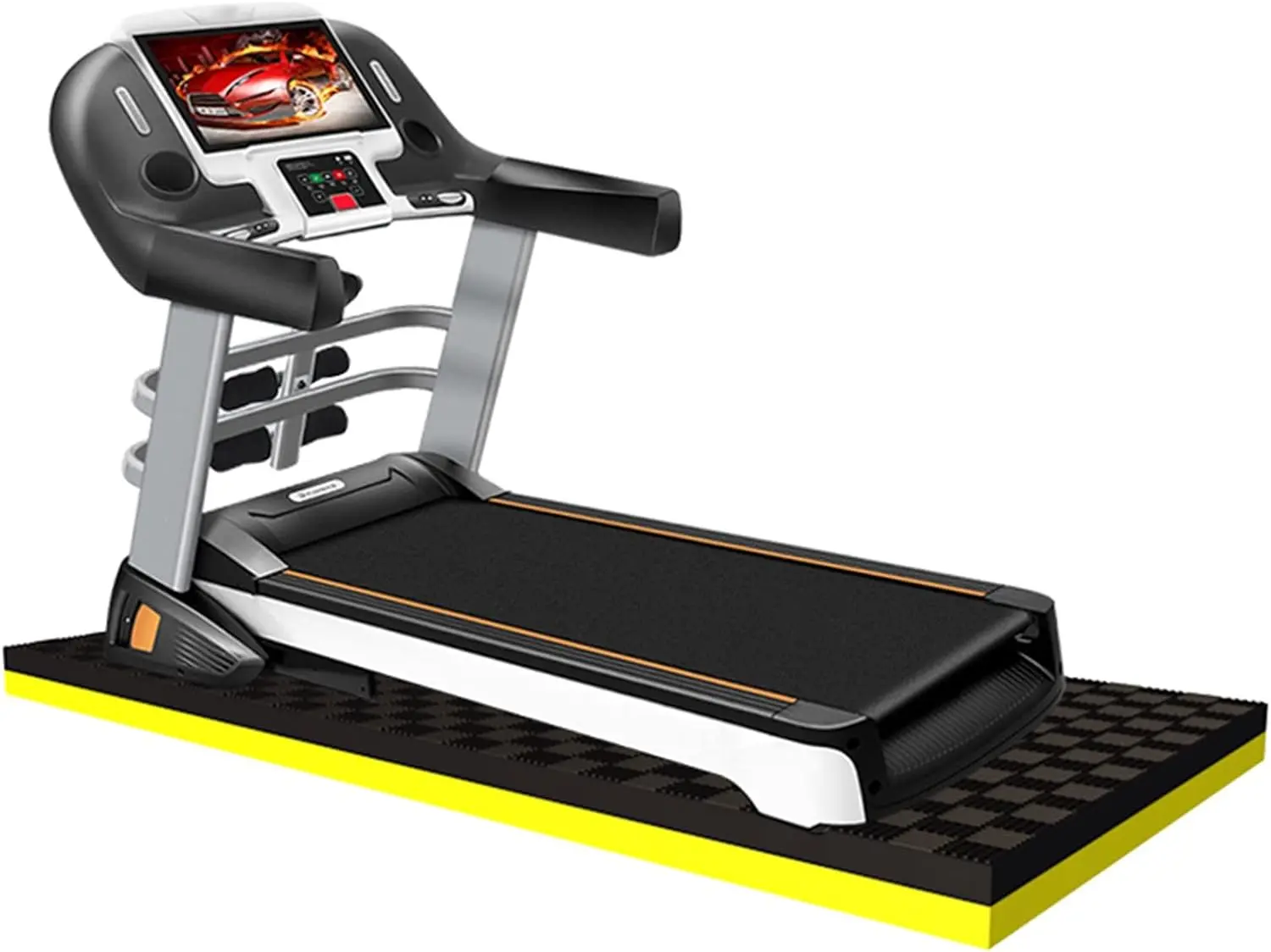
Adding an anti-vibration mat underneath the treadmill is one of the most effective ways to reduce a treadmill.
These treadmill noise reduction mats are also known as vibration killers as they are very effective at dampening and lowering the impact noise produced by your treadmill.
I recently did a drop test with a steel ball to check how much noise it can reduce and the result was surprising because it dropped the noise by 23.5 db.
To get that much noise reduction or even more, make sure to choose a mat that thick.
I would recommend a one-inch thick anti-vibration mat, especially for making a treadmill quieter in an apartment.
4: Soundproof the surrounding area
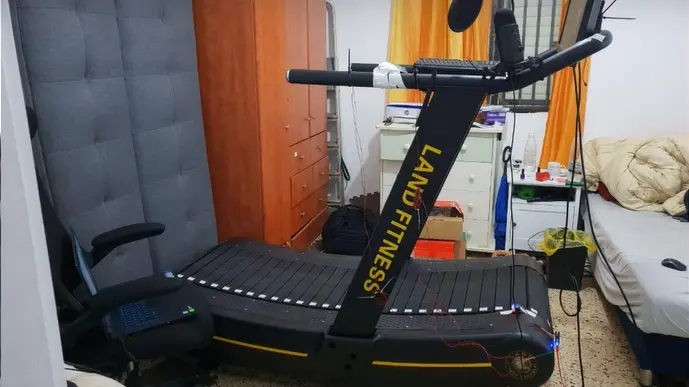
Soundproofing the surrounding area of your treadmill is a more comprehensive approach to minimizing noise and creating a quieter workout environment.
Most individuals place their treadmill on the corner, typically near the wall(s), which amplifies its noise and makes it seem louder than it really is. So what you should do is-
- Place sound-absorbing panels on the walls according to the height of your treadmill to help absorb the noise made by your treadmill during the workout.
- Place an anti-vibration floor mat under the treadmill to further minimize vibrations and impact noise.
And in case you are more serious about noise reaching anywhere then you should use a room divider to create a dedicated workout space.
This can help contain sound within a specific area.
5: Wear soft sole shoes
Wearing soft sole shoes is a simple yet effective measure to minimize the impact noise generated while running on the treadmill.
Now, if you don’t know about it then I let you know that hard-soled shoes tend to create more audible impact, contributing to a louder workout experience.
When you opt for footwear with soft soles, it reduces the force transmitted to the treadmill deck during each step, subsequently lowering the level of noise produced.
It provides better shock absorption, making your footsteps gentler and less disruptive.
Frequently Asked Questions
How to make a treadmill quieter in an apartment?
To make a treadmill quieter in an apartment so that its noise doesn’t reach the neighbor you need to do these things. First things first, make sure all the bolts are tightened and the belt and pivots are well-lubricated.
Then place one-inch thick anti-vibration floor mat underneath the treadmill and attach high-quality sound-absorbing panels to the walls according to the height of your treadmill.
These measures collectively contribute to creating a quieter workout environment in a shared living space.
Why is my treadmill so loud when I run?
Your treadmill can be loud because of several reasons. The three most common reasons are inadequate lubrication of the belt and deck, loose deck bolts or you might be wearing hard-soled shoes when running on it.
Can my Neighbors hear my treadmill?
Yes, your neighbors can hear your treadmill noise. The noise produced by your treadmill can travel through walls and floors.
Factors such as the treadmill’s power, the intensity of your workout, and the quality of sound insulation in your home can influence how much noise is transmitted.
